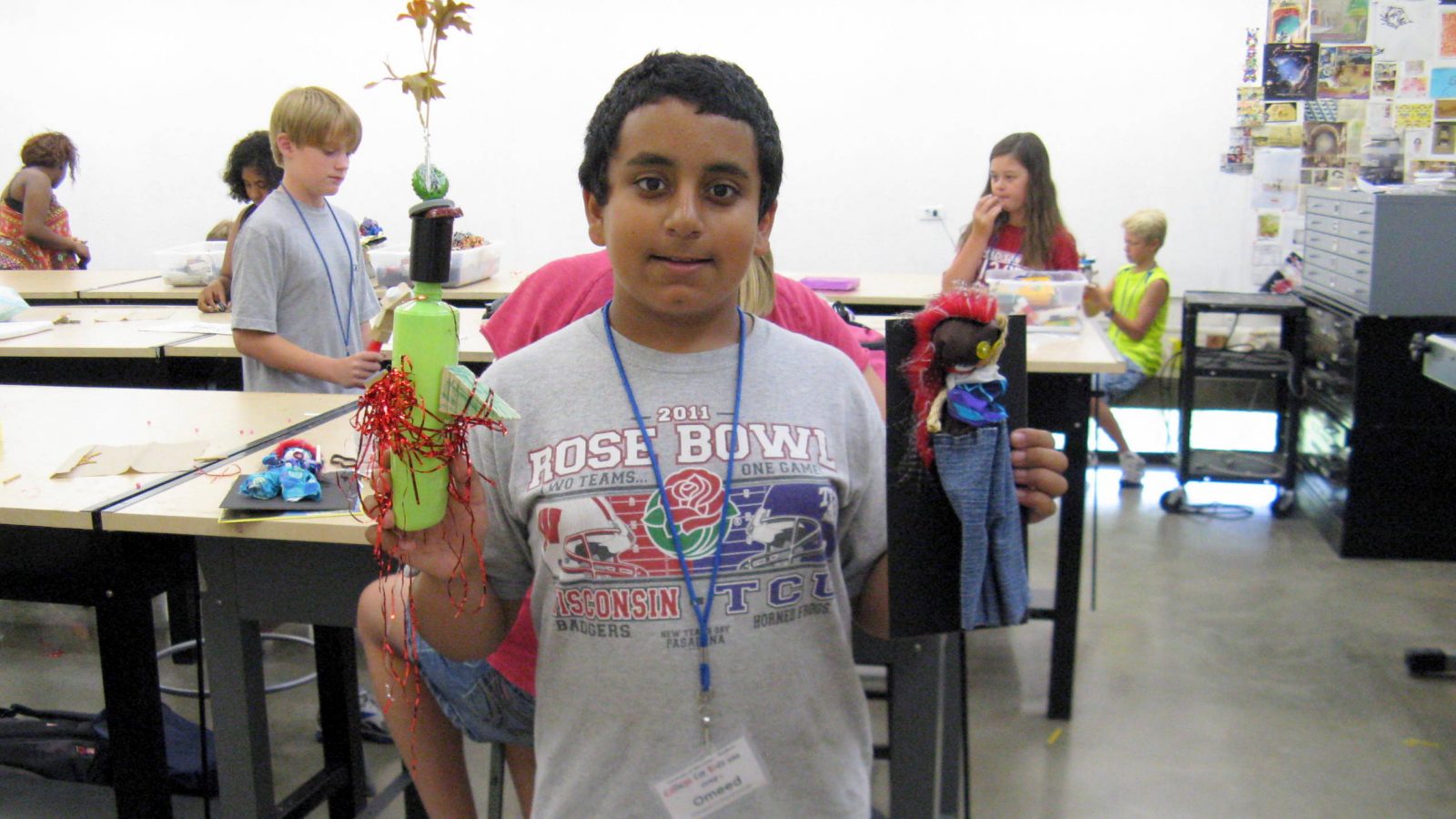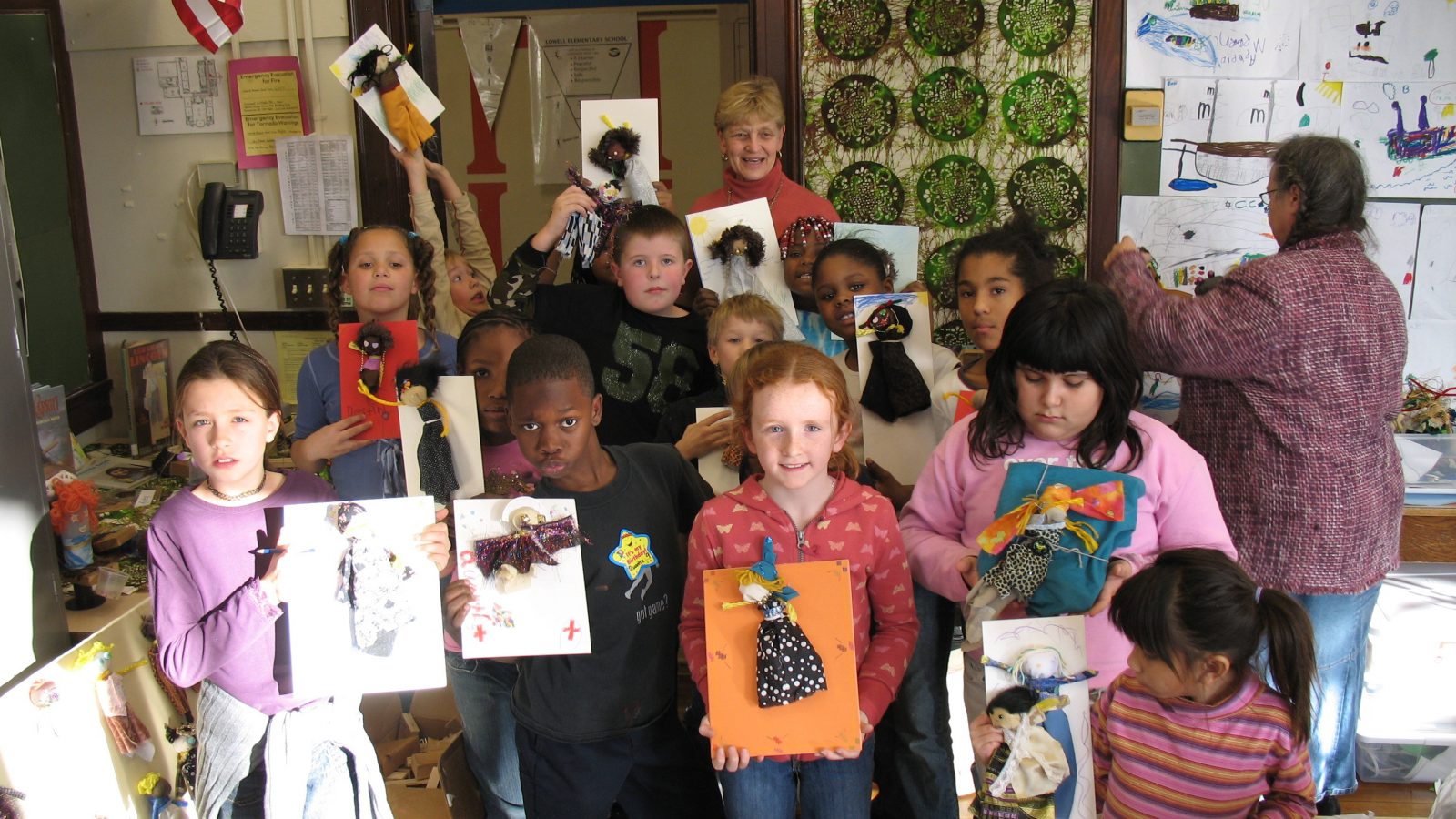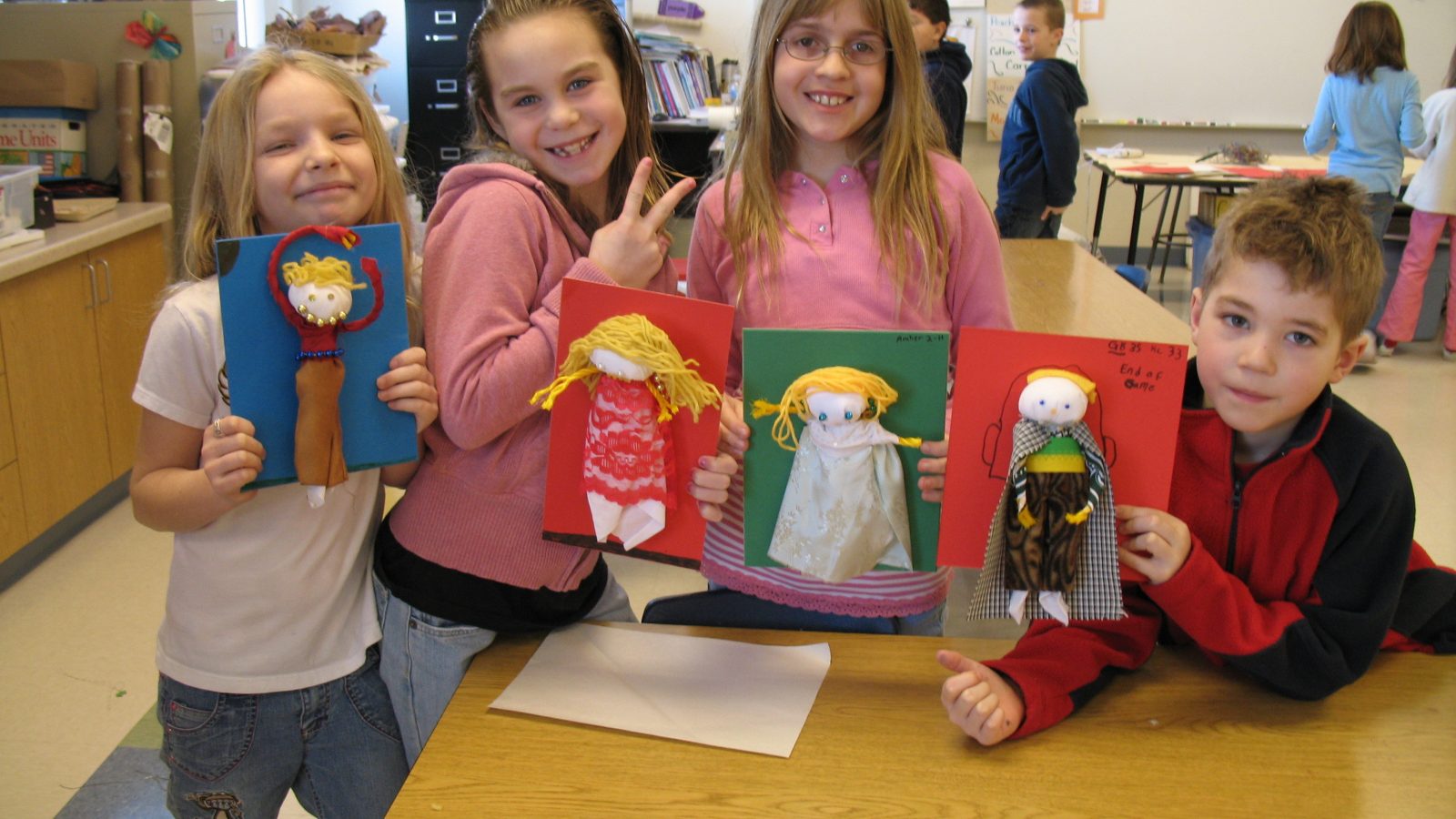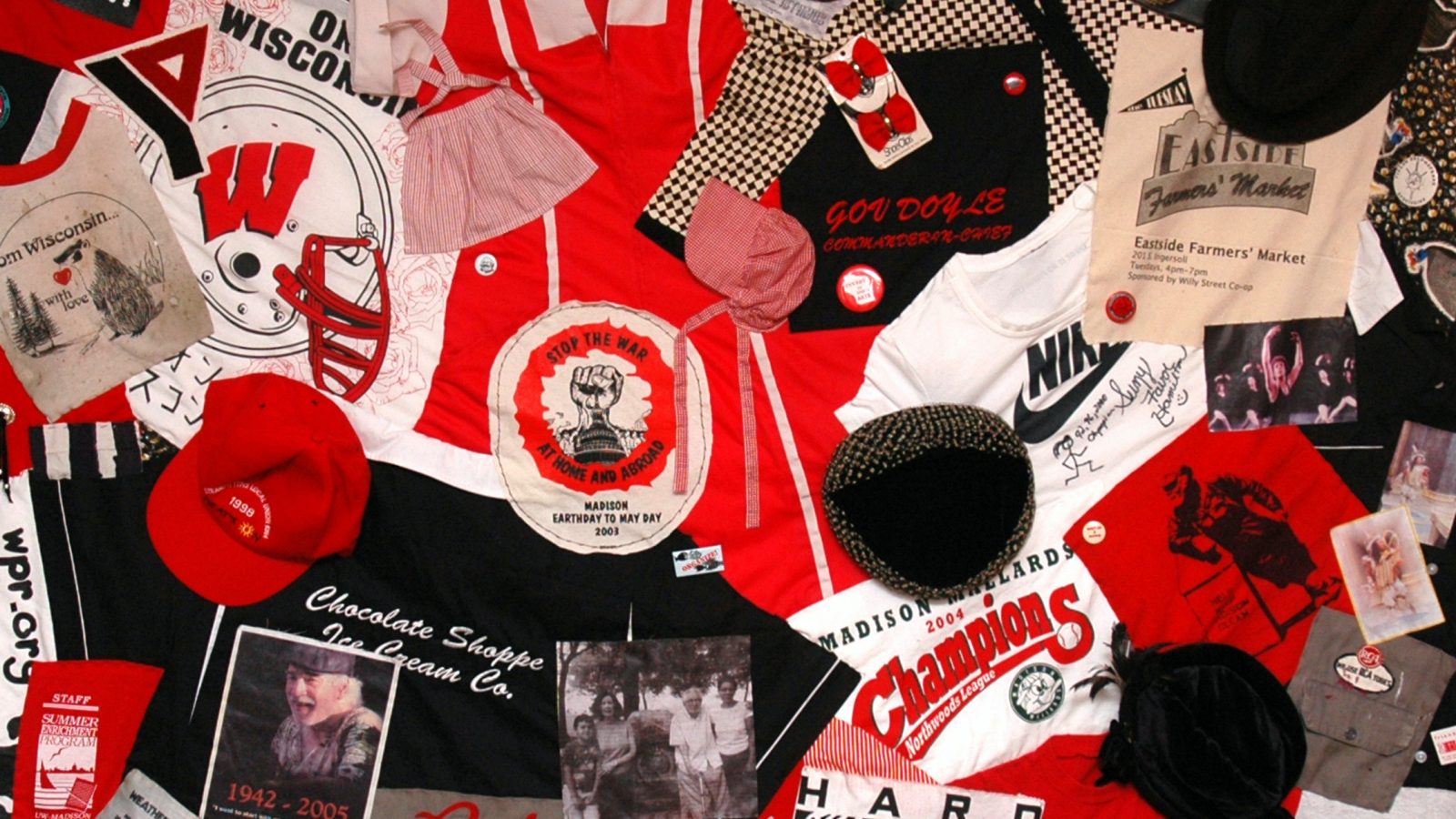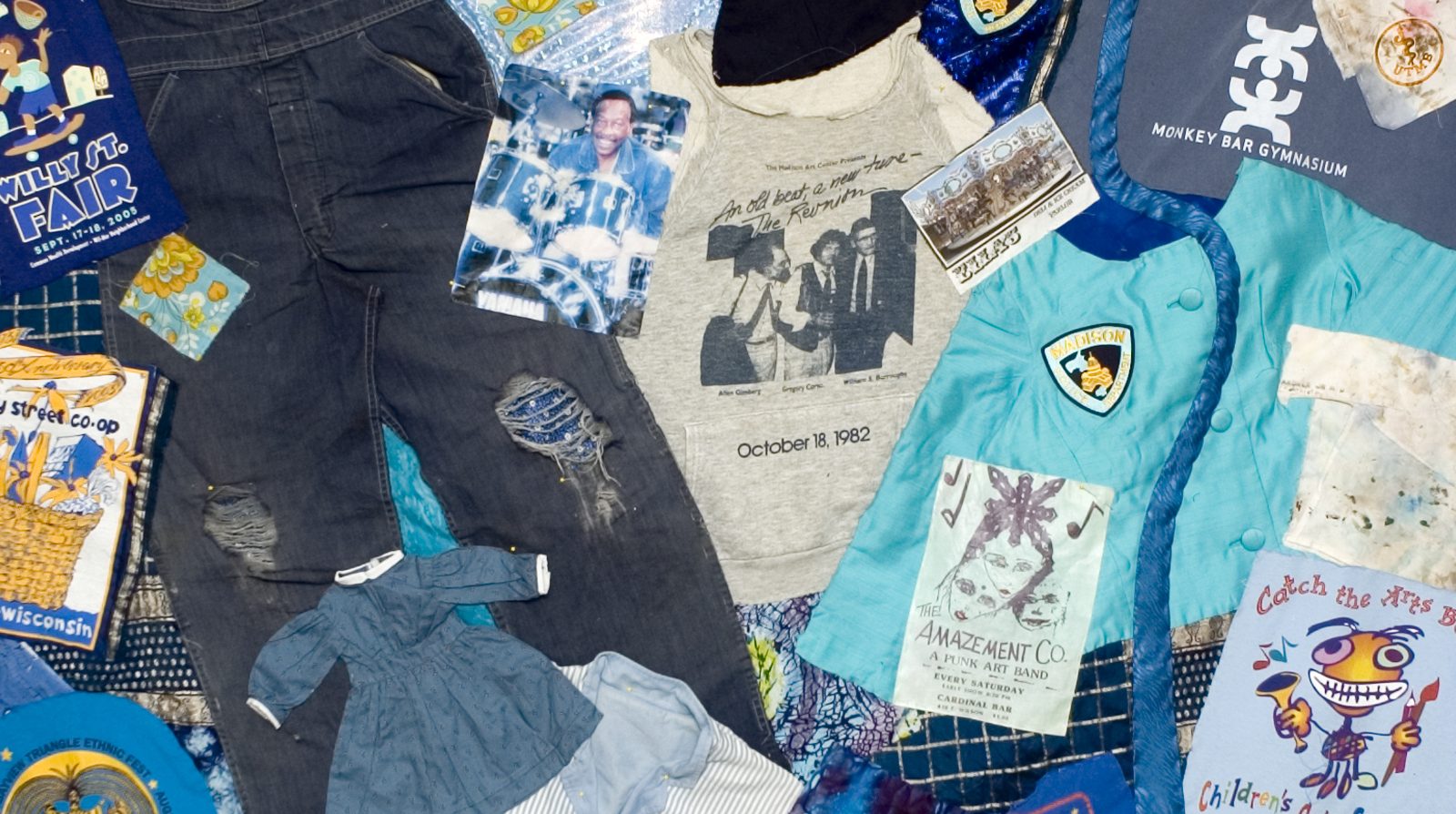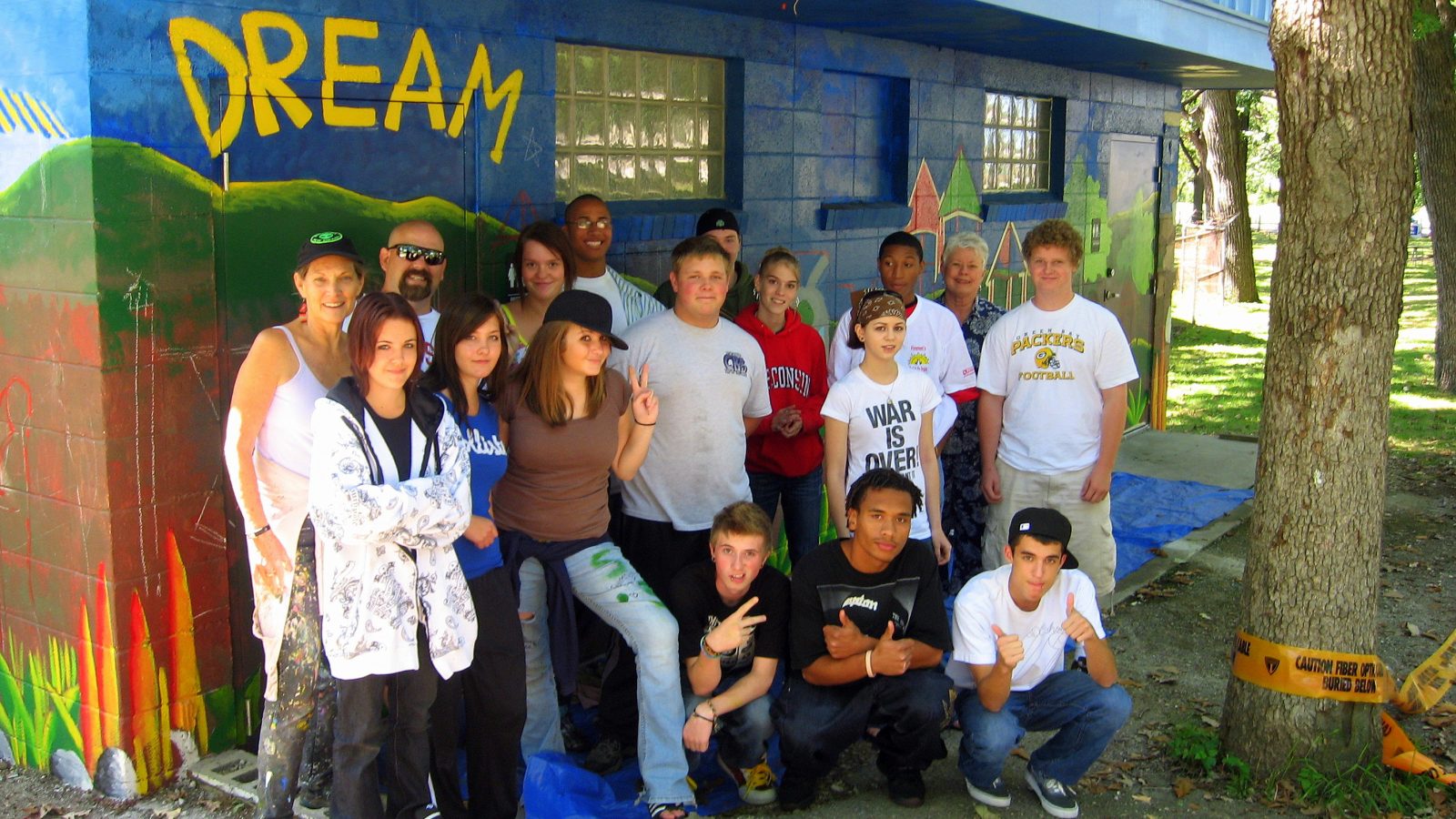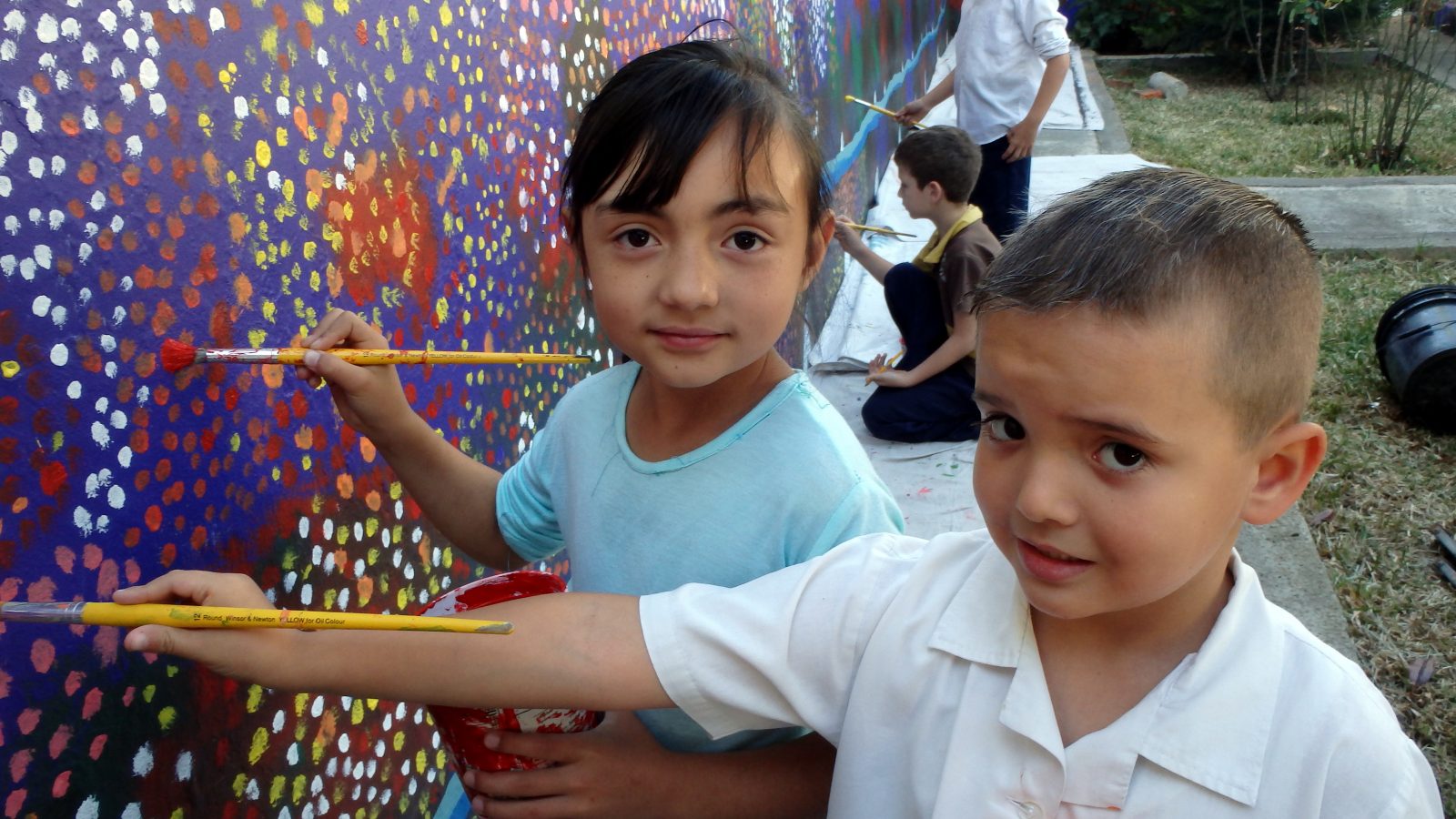A successful mural project has a strong neighborhood component.
One of the most effective ways to engage youth is to help them forge strong connections with their neighborhoods. Helping to beautify their neighborhoods through the creation of murals instills a sense of pride in the participants. Many of Madison’s neighborhoods are pleasant, walkable areas – such as our own Willy Street neighborhood. Others, though, are sadly devoid of art or much that is humanizing. Our hope was to change that for as many neighborhoods as possible.
Youth can participate in mural projects all over the city – and meet and work with youth from different neighborhoods. Some of the most meaningful work will be done right in one’s own back yard.
It is important to address concerns of the longevity of its murals.
Do…
